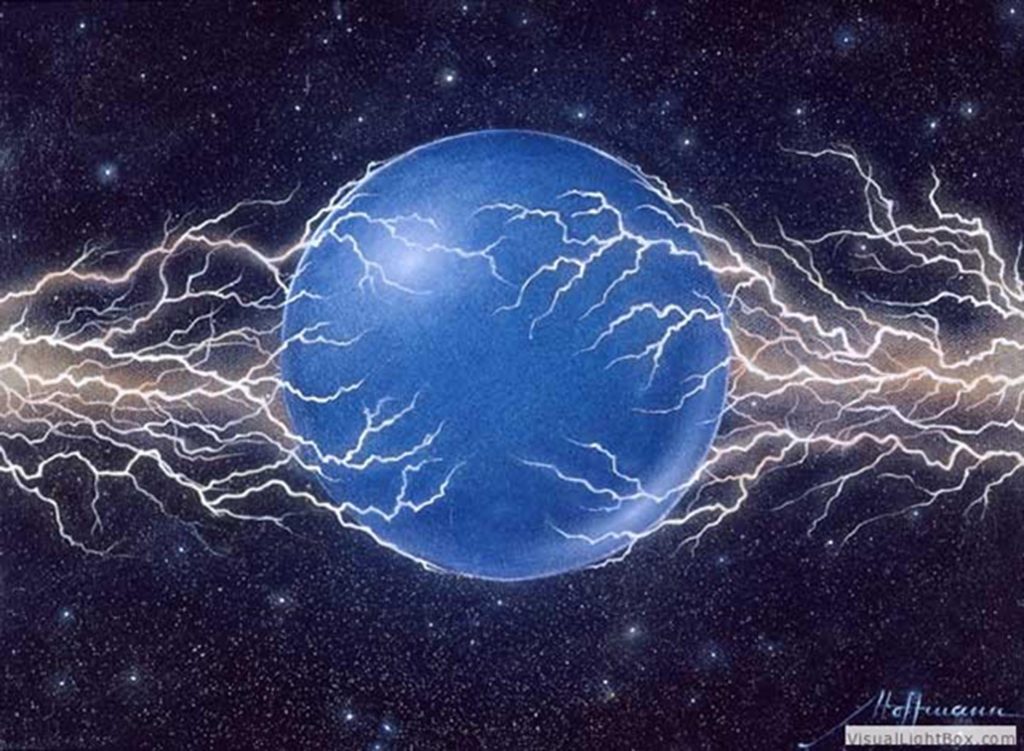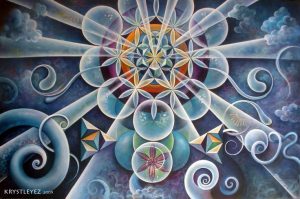Can Ayahuasca Grow Your Brain Cells?

Image credit: Martina Hoffmann
We know that ayahuasca is a powerful transformational medicine. Amazonian shamans have been using it to treat spiritual and physical ailments for hundreds of years, and that has to mean something!
But many of us aren’t convinced by stories of personal transformation or shamanic knowledge, and are more accustomed to a specific style of scientific research. We want large studies that can prove the healing effects of ayahuasca, and neuroscientific investigations that can explain things within a physicalist worldview.
Thankfully, recent research has been confirming the spiritual power of the ayahuasca brew, with multiple studies showing its antidepressant and anti-addictive properties. Now, it looks like scientists are starting to get a clearer view of what is happening in the brain when people take ayahuasca. Could it be growing new brain cells? And could this be related to the antidepressant effects of ayahuasca?
Growing Neurospheres with Ayahuasca
The researchers wanted to investigate whether ayahuasca could speed up the growth of new brain cells (neurogenesis). Many of the best treatments for depression (such as pirlindole, fluoxetine, and electroconvulsive therapy) have been shown to boost neurogenesis, and this could be linked to their therapeutic properties.
The cells used in this study were stem cells, taken from the brains of adult mice. Stem cells are cells that can turn into many different kinds of cells – but the ones the researchers chose here are especially good at growing into brain cells (AKA neurons) since they live in the brain.
The scientists grew the stem cells in the lab, where the cells naturally formed into balls called “neurospheres.” The stem cells would then start to grow into neurons, and the researchers could track how quickly they grew.
These neurospheres could be grown in the presence of additional compounds, to see what the effect would be on their growth. This is where ayahuasca comes in! The researchers grew the neurospheres with harmine, tetrahydroharmine (THH), and harmaline; three of the major components of the Banisteriopsis caapi vine.
They saw that in the presence of these ayahuasca compounds the neurospheres grew bigger! Not only that, but the stem cells began to move around faster when they were grown in the presence of the ayahuasca compounds – this is known as cell migration, and is an important step in the growth of new neurons.
Finally, the stem cells in the neurospheres also looked more like fully-grown neurons when they were grown with the ayahuasca compounds. They contained higher quantities of proteins that are characteristic of adult neurons, suggesting that they were turning into neurons faster.
So overall, growing stem cells in harmine, THH and harmaline made them turn into neurons faster than under control conditions.
Image credit: Krystle Eyez
So What Does it Mean For Us Humans?
Do the results of this study mean that ayahuasca is helping new brain cells grow in humans who drink it?
Unfortunately, there are some limitations to the study that mean we can’t quite know that for sure yet:
- The researchers used mouse cells, and although there are many similarities between mouse cells and human cells, there are also some differences, and we’d have to run this experiment on human cells to be sure.
- Neurospheres aren’t the same as brains! Although neurospheres are helpful tools to allow scientists to look at cells in the lab, brains are a lot more complex than neurospheres and things could happen differently in the living brain.
- It’s hard to say how much of a boost in growth there was. It looked like the ayahuasca compounds helped the cells grow faster, but we don’t know if this boost is big enough to make any difference in a living organism.
Future studies will need to look at human cells, and compare the strength of the ayahuasca boost to the neurogenic properties of other antidepressants. Then we’d have to start looking inside brains to make sure that the things we were seeing in the lab were also happening inside a living organism!
Could Neurogenesis Be the Reason Ayahuasca is an Antidepressant?
While we know that other antidepressant treatments can boost neurogenesis, we can’t say for sure if this is the main reason why ayahuasca is such a powerful antidepressant.
Other compounds alongside harmine, THH and harmaline are found in ayahuasca preparations. DMT, for example, is present in the most popular kinds of ayahuasca, and is a powerful psychedelic compound. DMT boosts the levels of serotonin in the brain – an effect that has been linked to antidepressive effects in many other medications.
We also know that the therapeutic effects of psychedelics like ayahuasca are strongly linked to the strength of the spiritual experience they produce. If you have a highly mystical, highly profound experience with ayahuasca, you are more likely to have reductions in depressive symptoms. This is something that is hard for us to explain in terms of chemistry.
It looks like what could be happening is a mix of several important factors: the growth of new brain cells, a boost in serotonin levels, and a highly mystical psychedelic experience, could all combine to make for one highly effective antidepressant treatment.
If we really want to understand ayahuasca, it seems like we’ll have to get comfortable with the idea of merging our knowledge of neuroscience with indigenous wisdom. Seeing what is happening in the brain during an ayahuasca trip will never be able to explain your unique, personal experience of a mystical state. But knowing how ayahuasca changes our brains can help us improve the way we treat depression!
The future of ayahuasca will be a holistic merging of physicalist science with experiential wisdom. Its healing power will be strongest if we keep a wide perspective; ayahuasca could grow your brain cells, and so much more!
Learn more about ayahuasca in our Plant Medicines Course – and start your spiritual evolution!
Read the full study here: Morales-Garcia et al (2017). The alkaloids of Banisteriopsis caapi, the plant source of the Amazonian hallucinogen Ayahuasca, stimulate adult neurogenesis in vivo.

